Hinterschmiding - Info point at the pond
PACK HORSES, SALT BARRELS, LOAD CAPACITY OF 150 KG, DAILY MARCH OF 30 KM
Pack horses – the true hereos on the steep path
Imagine you've been riding your pack horses for hours on the Goldsteig Trail until the exhausted animals can finally rest at the pond – horses need up to 60 to 80 liters of water a day. What did the pack animals back then look like? From the traces and horseshoes found, they were small, sturdy and peristent animals, having to carry, for example, two wooden barrels of salt, weighing 150 km, over a distance of up to 30 km a day. That’s why you would find a water trough along the Goldsteig Trail every 5 kilometers. Since blacksmiths (in German "Schmied") were of high demand as they had to take care of numerous horses, the town of "Schmiding" was named after this professional branch. Of course it was also the sumpters who needed to be taken care of, so many inns and wine taverns opened along the Goldsteig Trail. The name spoke for itself: The residents, merchants and craftsmen of the surrounding areas did very well. Particulary during the 14th, 16th and 17th century, hauling trade was flourishing. In the 15th century, the trade stagnated due to the Hussite Wars (1419 – 1434) and feuds across the country.
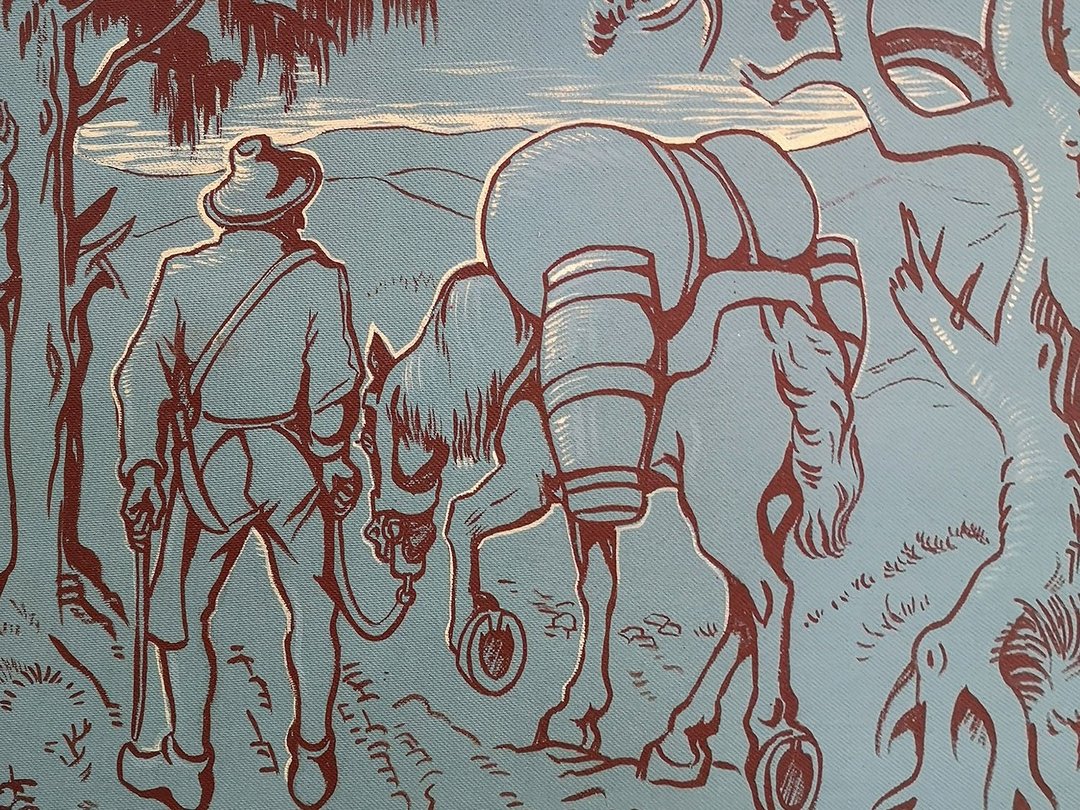
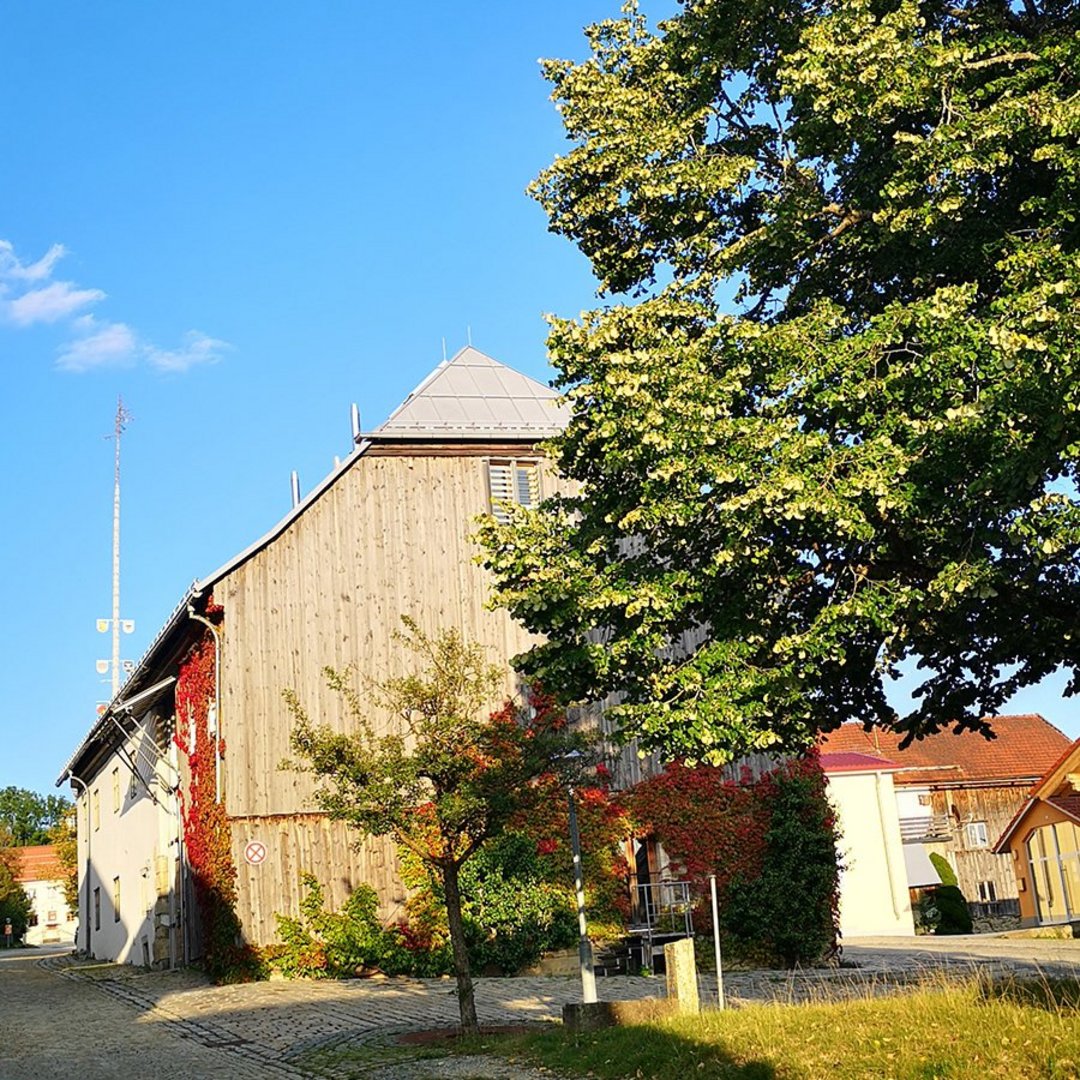
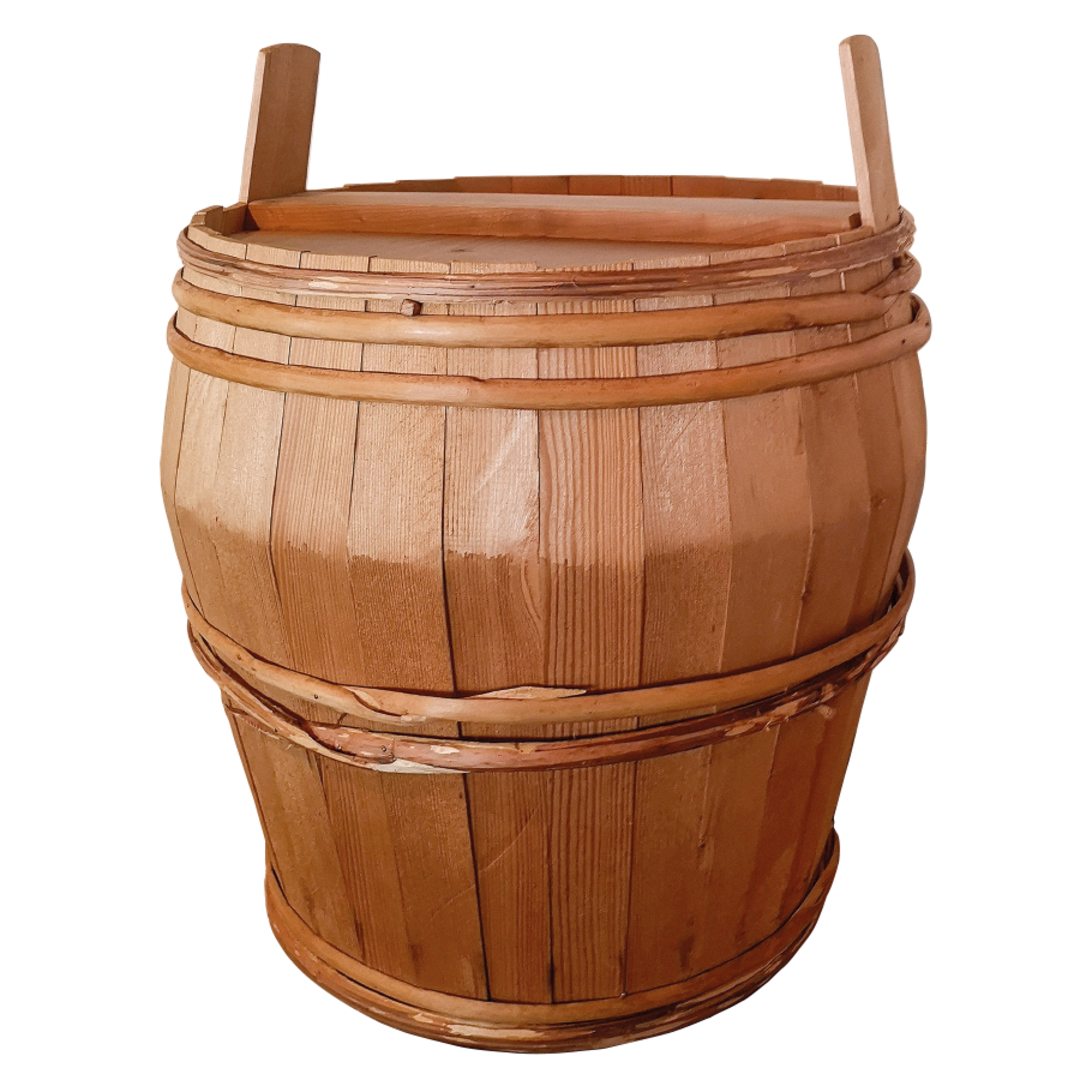
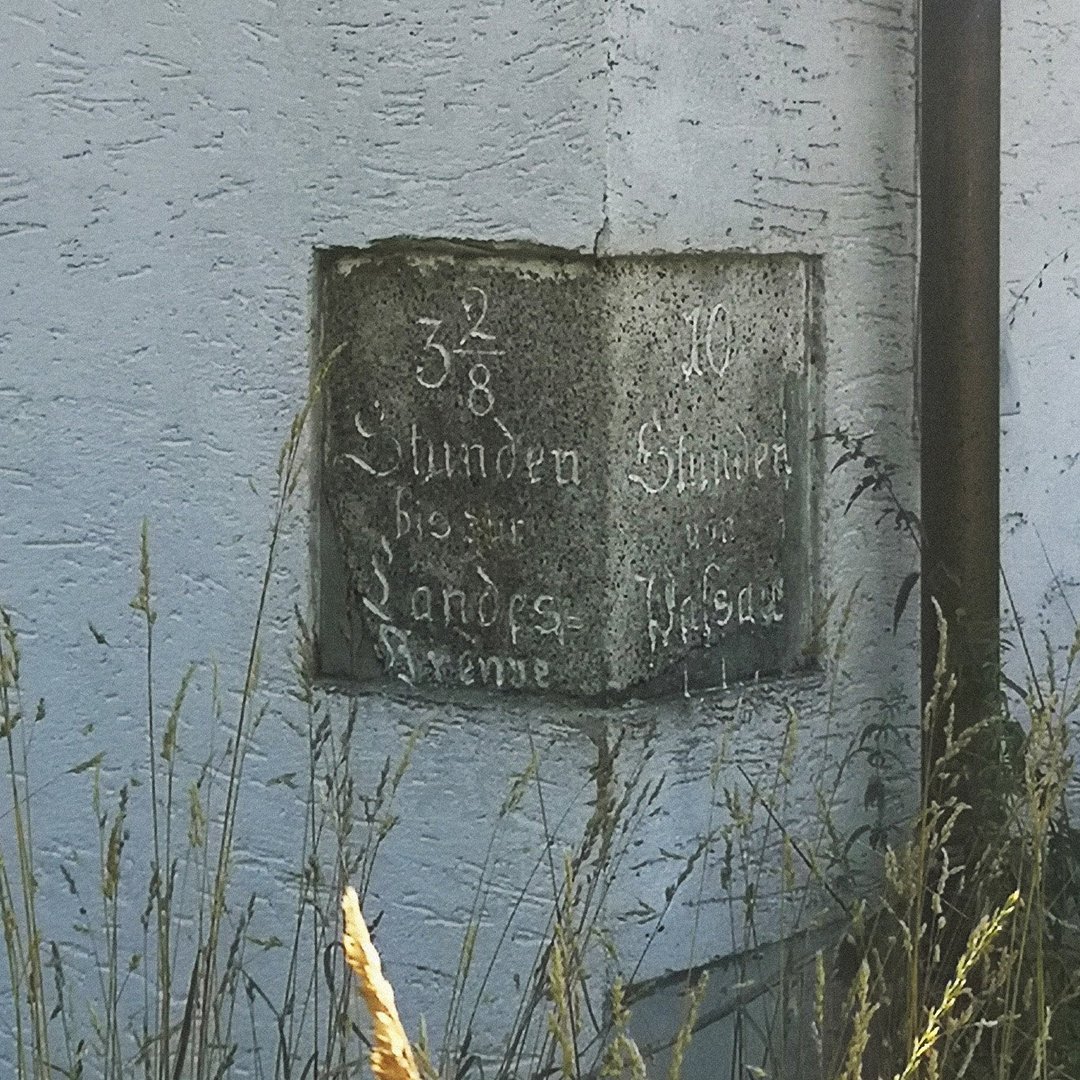
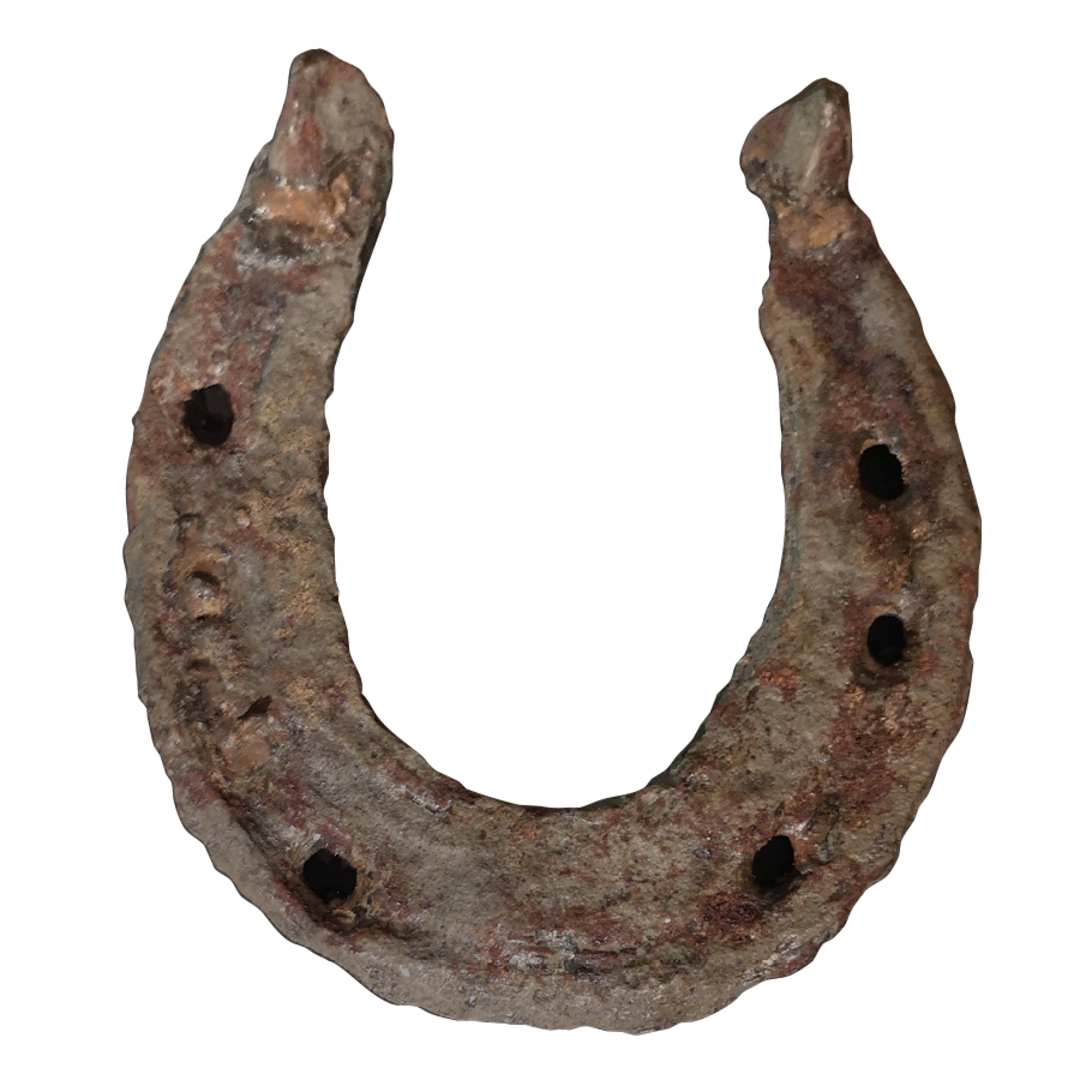
- 1400: 80,000 hundredweights
- 1500: 150,000 hundredweights
- 1550: 300,000 hundredweights
- 1585: 130,000 hundredweights